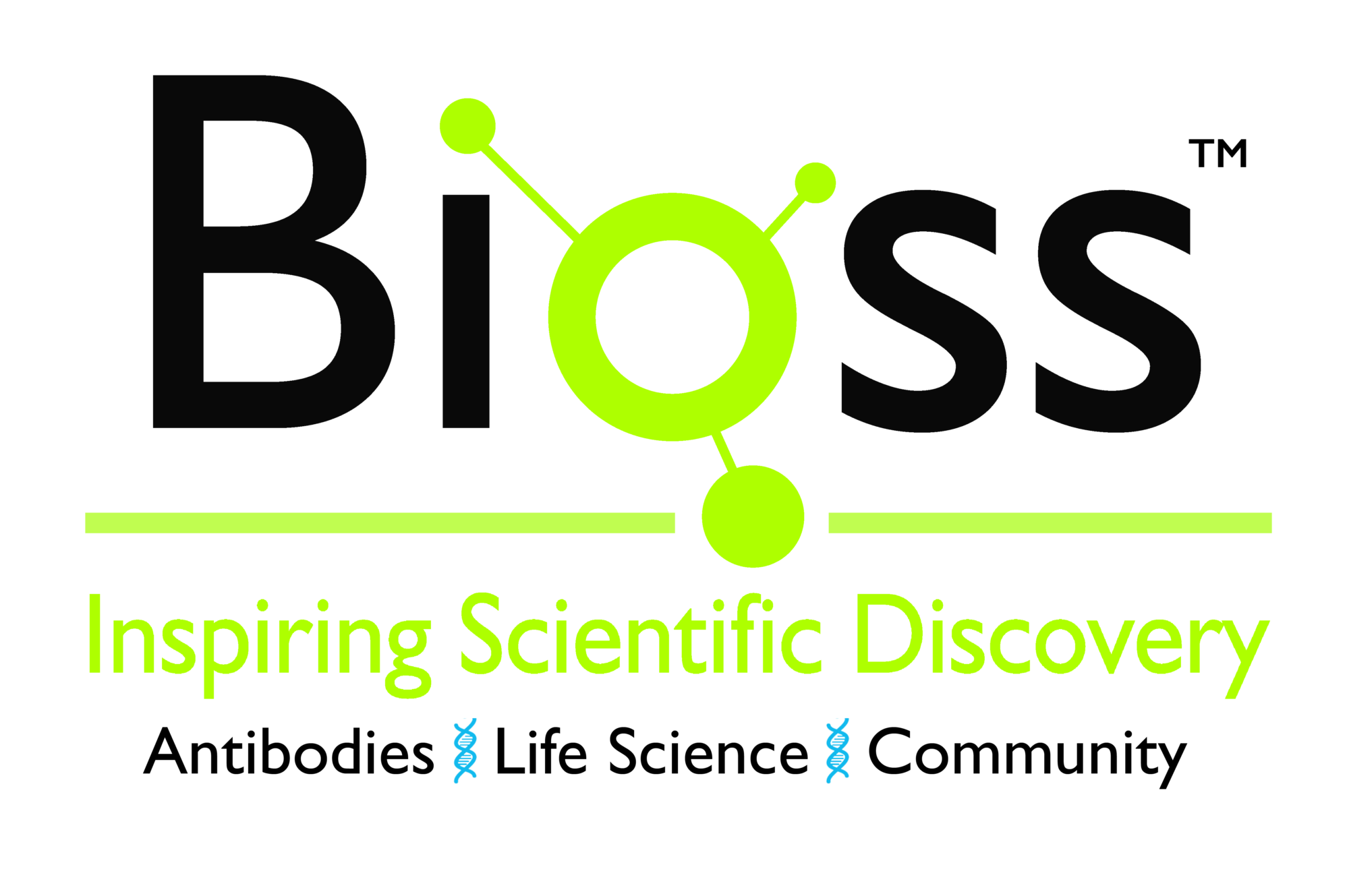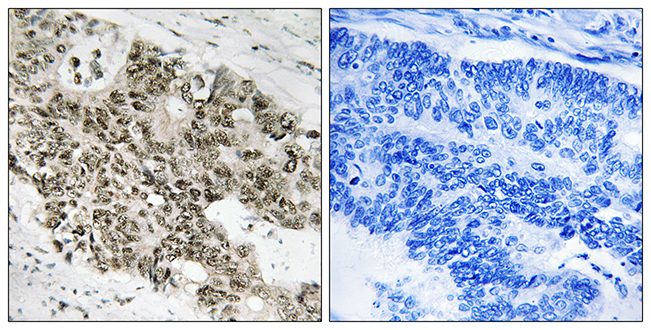ATR antibody [2B5]
GTX70109
ApplicationsFunctional Assay, ImmunoFluorescence, ImmunoPrecipitation, Western Blot, ImmunoCytoChemistry
Product group Antibodies
TargetATR
Overview
- SupplierGeneTex
- Product NameATR antibody [2B5]
- Delivery Days Customer9
- Application Supplier NoteWB: 1:500-1:3000. *Optimal dilutions/concentrations should be determined by the researcher.Not tested in other applications.
- ApplicationsFunctional Assay, ImmunoFluorescence, ImmunoPrecipitation, Western Blot, ImmunoCytoChemistry
- CertificationResearch Use Only
- ClonalityMonoclonal
- Clone ID2B5
- Concentration1 mg/ml
- ConjugateUnconjugated
- Gene ID545
- Target nameATR
- Target descriptionATR checkpoint kinase
- Target synonymsFCTCS, FRP1, MEC1, SCKL, SCKL1, serine/threonine-protein kinase ATR, ATR serine/threonine kinase, FRAP-related protein-1, MEC1, mitosis entry checkpoint 1, homolog, ataxia telangiectasia and Rad3-related protein
- HostMouse
- IsotypeIgG1
- Protein IDQ13535
- Protein NameSerine/threonine-protein kinase ATR
- Scientific DescriptionThe protein encoded by this gene is a serine/threonine kinase and DNA damage sensor, activating cell cycle checkpoint signaling upon DNA stress. The encoded protein can phosphorylate and activate several proteins involved in the inhibition of DNA replication and mitosis, and can promote DNA repair, recombination, and apoptosis. This protein is also important for fragile site stability and centrosome duplication. Defects in this gene are a cause of Seckel syndrome 1. [provided by RefSeq, Aug 2017]
- Storage Instruction-20°C or -80°C,2°C to 8°C
- UNSPSC12352203
References
- Li J, Ding R, Gao H, et al. New spirobisnaphthalenes from an endolichenic fungus strain CGMCC 3.15192 and their anticancer effects through the P53-P21 pathway. RSC Adv. 2019,9(67):39082-39089. doi: 10.1039/c9ra07917cRead this paper
- Alzhanova D, Corcoran K, Bailey AG, et al. Novel modulators of p53-signaling encoded by unknown genes of emerging viruses. PLoS Pathog. 2021,17(1):e1009033. doi: 10.1371/journal.ppat.1009033Read this paper
- Sun X, Wang Y, Ji K, et al. NRF2 preserves genomic integrity by facilitating ATR activation and G2 cell cycle arrest. Nucleic Acids Res. 2020,48(16):9109-9123. doi: 10.1093/nar/gkaa631Read this paper
- Yenerall P, Das AK, Wang S, et al. RUVBL1/RUVBL2 ATPase Activity Drives PAQosome Maturation, DNA Replication and Radioresistance in Lung Cancer. Cell Chem Biol. 2020,27(1):105-121.e14. doi: 10.1016/j.chembiol.2019.12.005Read this paper
- Chen X, Chen F, Ren Y, et al. IL-6 signaling contributes to radioresistance of prostate cancer through key DNA repair-associated molecules ATM, ATR, and BRCA 1/2. J Cancer Res Clin Oncol. 2019,145(6):1471-1484. doi: 10.1007/s00432-019-02917-zRead this paper
- Burger K, Schlackow M, Gullerova M. Tyrosine kinase c-Abl couples RNA polymerase II transcription to DNA double-strand breaks. Nucleic Acids Res. 2019,47(7):3467-3484. doi: 10.1093/nar/gkz024Read this paper
- Tu HJ, Lin YJ, Chao MW, et al. The anticancer effects of MPT0G211, a novel HDAC6 inhibitor, combined with chemotherapeutic agents in human acute leukemia cells. Clin Epigenetics. 2018,10(1):162. doi: 10.1186/s13148-018-0595-8Read this paper
- Chen CC, Chen CY, Wang SH, et al. Melatonin Sensitizes Hepatocellular Carcinoma Cells to Chemotherapy Through Long Non-Coding RNA RAD51-AS1-Mediated Suppression of DNA Repair. Cancers (Basel). 2018,10(9). doi: 10.3390/cancers10090320Read this paper
- Hu L, Huang W, Bei L, et al. TP53 Haploinsufficiency Rescues Emergency Granulopoiesis in FANCC(-/-) Mice. J Immunol. 2018,200(6):2129-2139. doi: 10.4049/jimmunol.1700931Read this paper
- Furusawa Y, Yamanouchi Y, Iizumi T, et al. Checkpoint kinase 2 is dispensable for regulation of the p53 response but is required for G(2)/M arrest and cell survival in cells with p53 defects under heat stress. Apoptosis. 2017,22(10):1225-1234. doi: 10.1007/s10495-017-1402-2Read this paper


